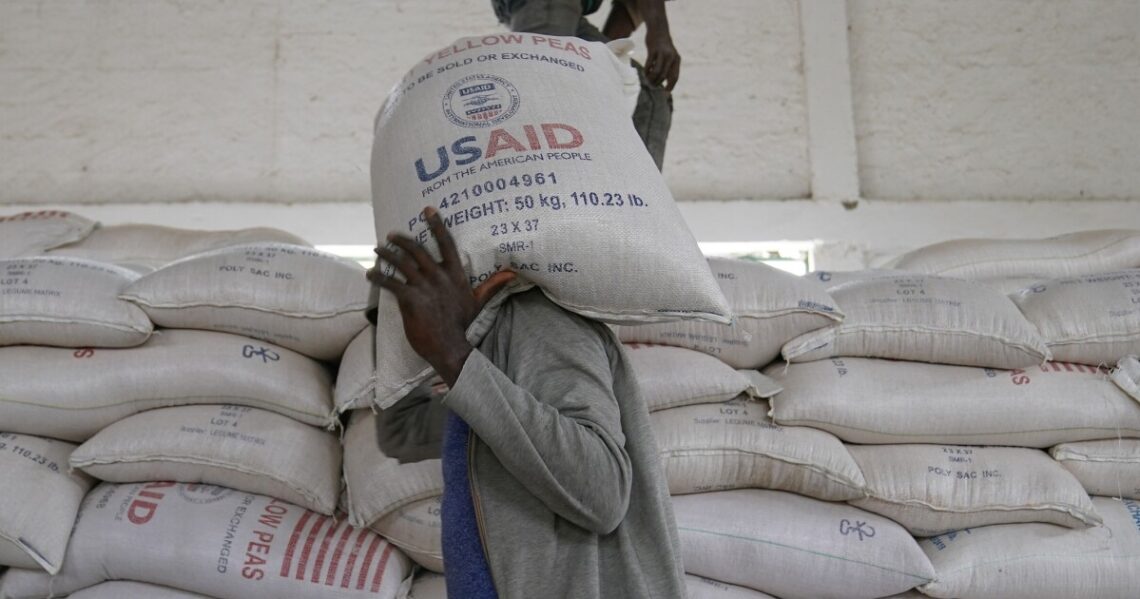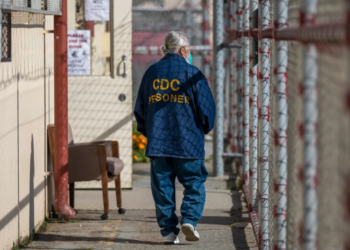The main agency tasked with distributing U.S. foreign aid — USAID — is facing renewed scrutiny by the Trump administration, which has suggested it could drastically overhaul or even shutter the organization.
Here’s what to know about the agency.
What is USAID?
Created in 1961 by President John F. Kennedy, the U.S. Agency for International Development emerged from an effort to separate military and non-military assistance and revamp how the U.S. distributed foreign aid.
Kennedy argued that the U.S., as the wealthiest country on Earth, had a moral and financial obligation to provide foreign aid. It was also politically advantageous to the U.S. to fund projects in poorer countries, he said, to try to prevent the collapse of “existing political and social structures which would inevitably invite the advance of totalitarianism.”
In 1971, at the height of the Vietnam War, the Senate rejected a foreign aid bill, in part over growing concerns that foreign assistance wasn’t helping U.S. interests abroad. Congress later refocused U.S. foreign aid efforts on projects designed to tackle specific issues, such as agriculture, family planning and education.
Still, in the decades since, some lawmakers and public officials have continued to question USAID’s effectiveness and accountability as an independent agency.
What does it do?
USAID provides humanitarian assistance during global conflicts and other emergencies. It funds efforts to promote public health, improve education and protect human rights. It also works to further U.S. interests abroad.
The country that received the most USAID funding during the 2023 fiscal year was Ukraine during its ongoing war with Russia, according to a report by the Congressional Research Service using the most recent…
Read the full article here







